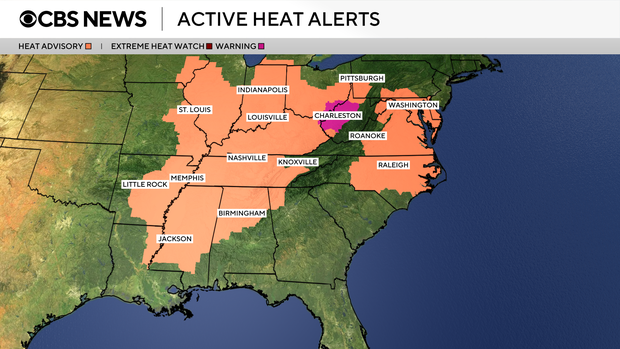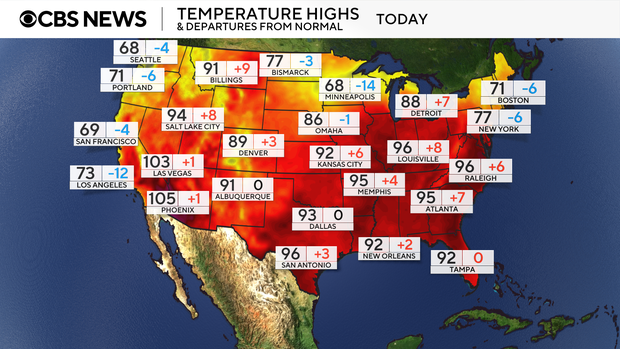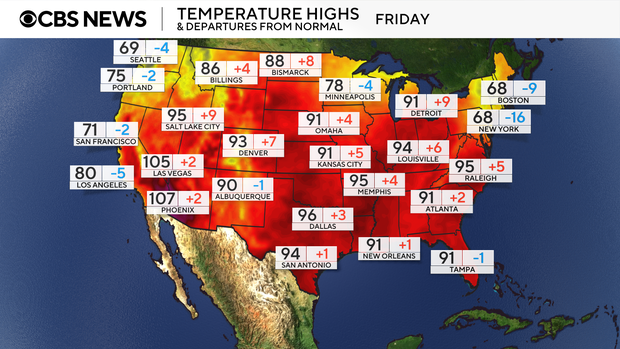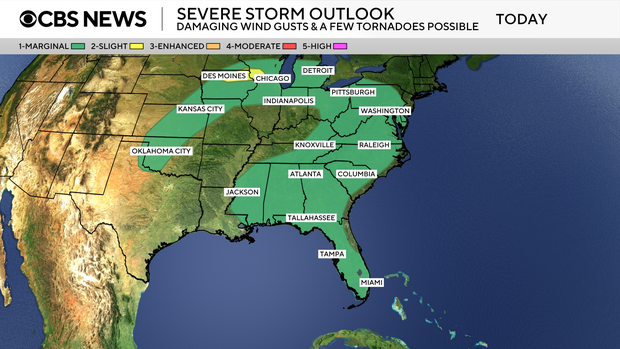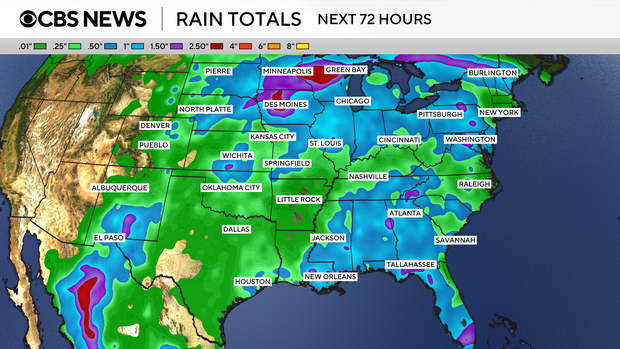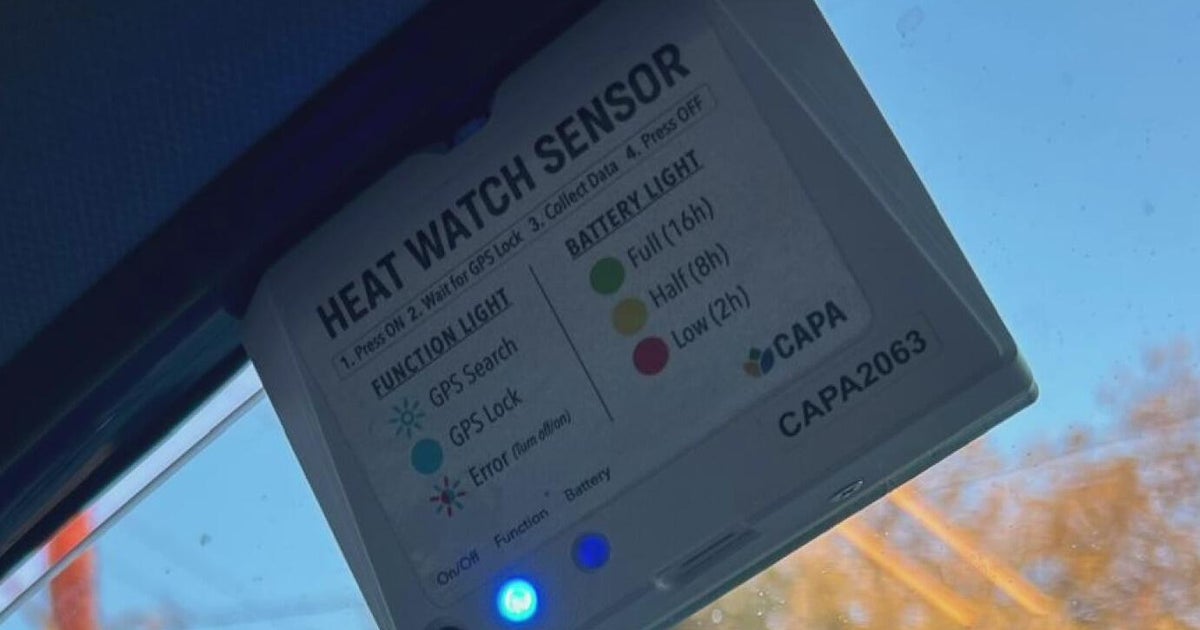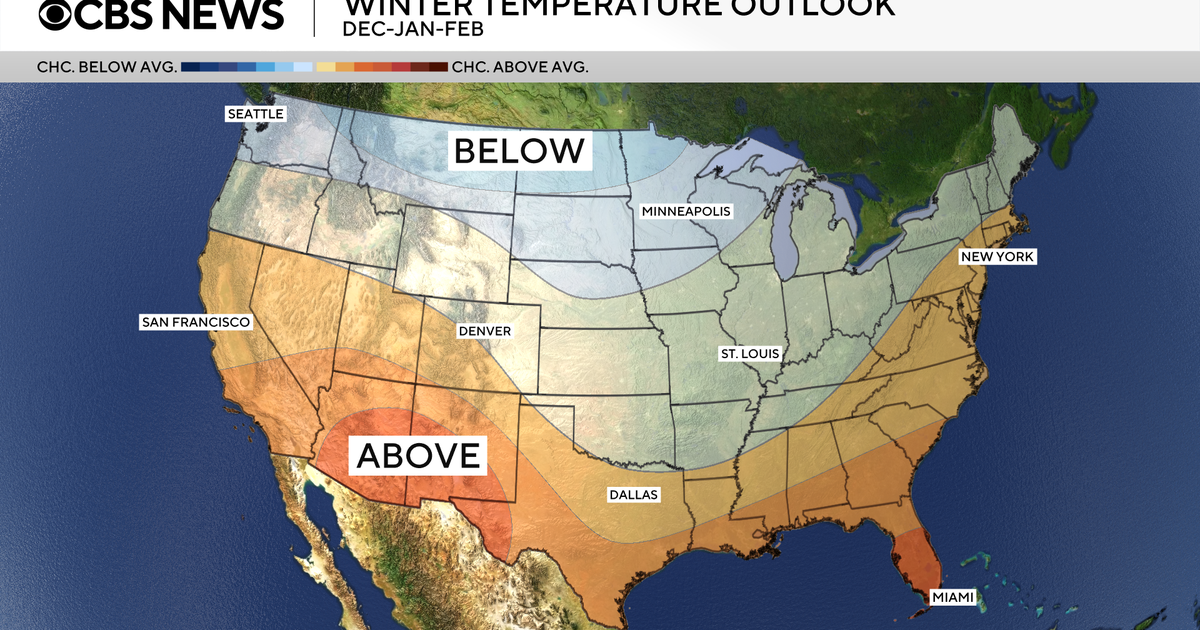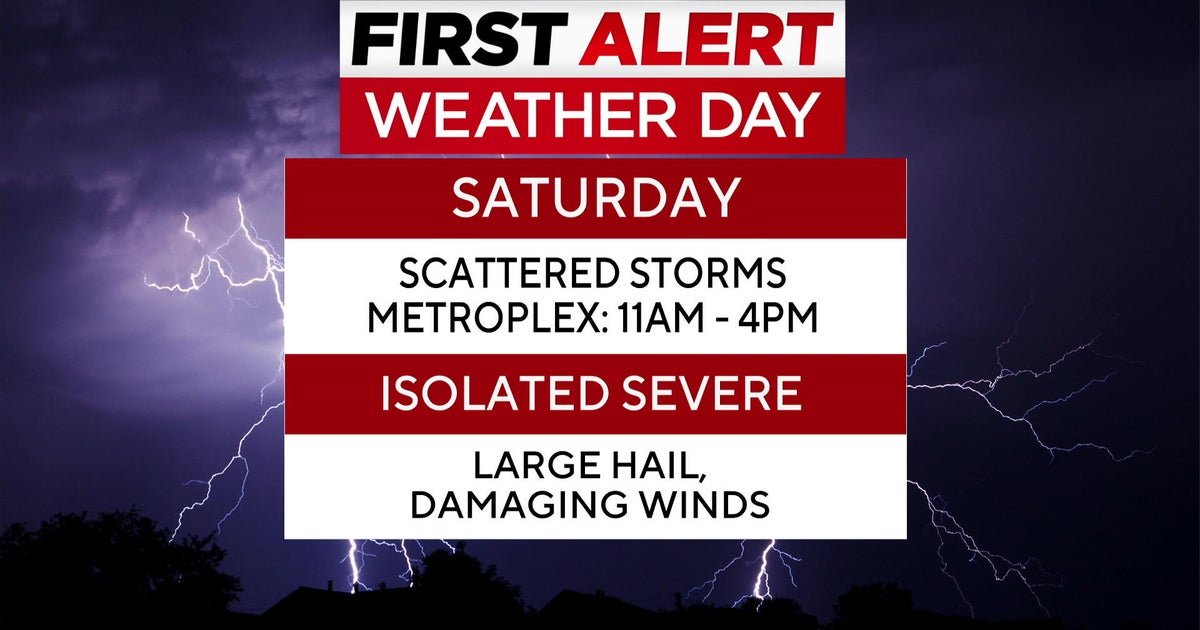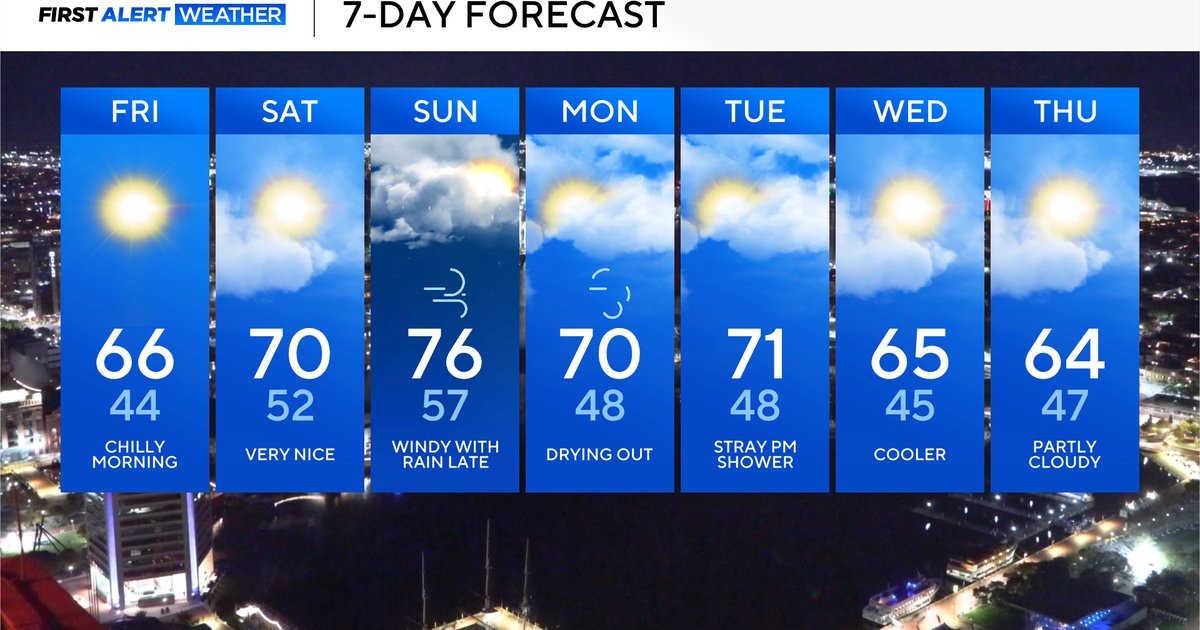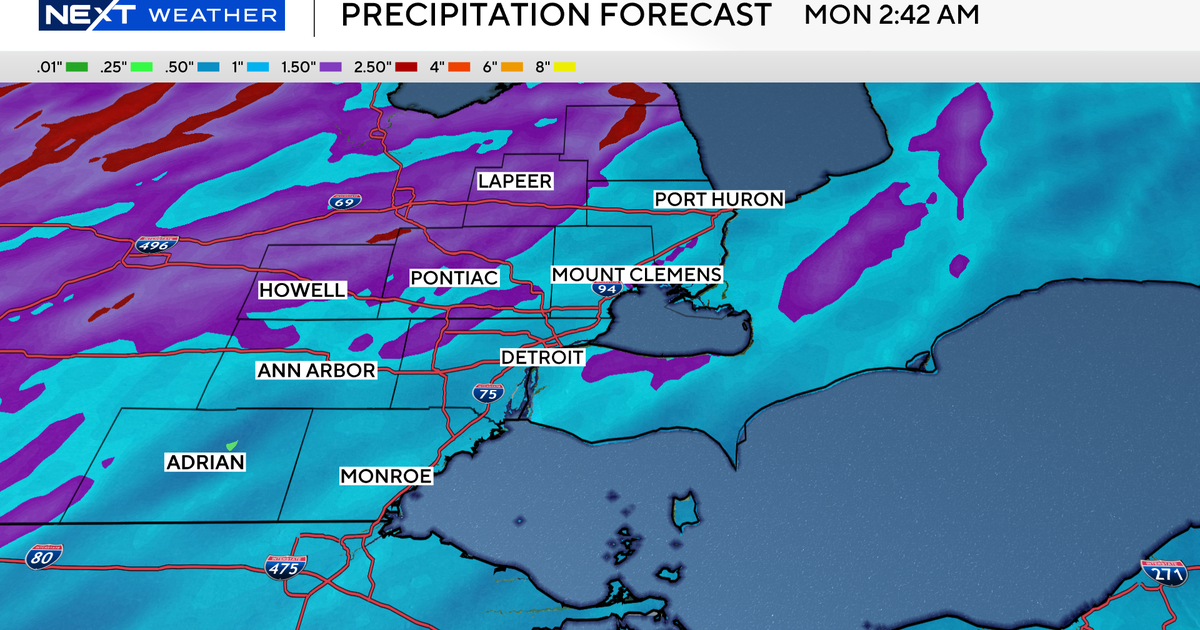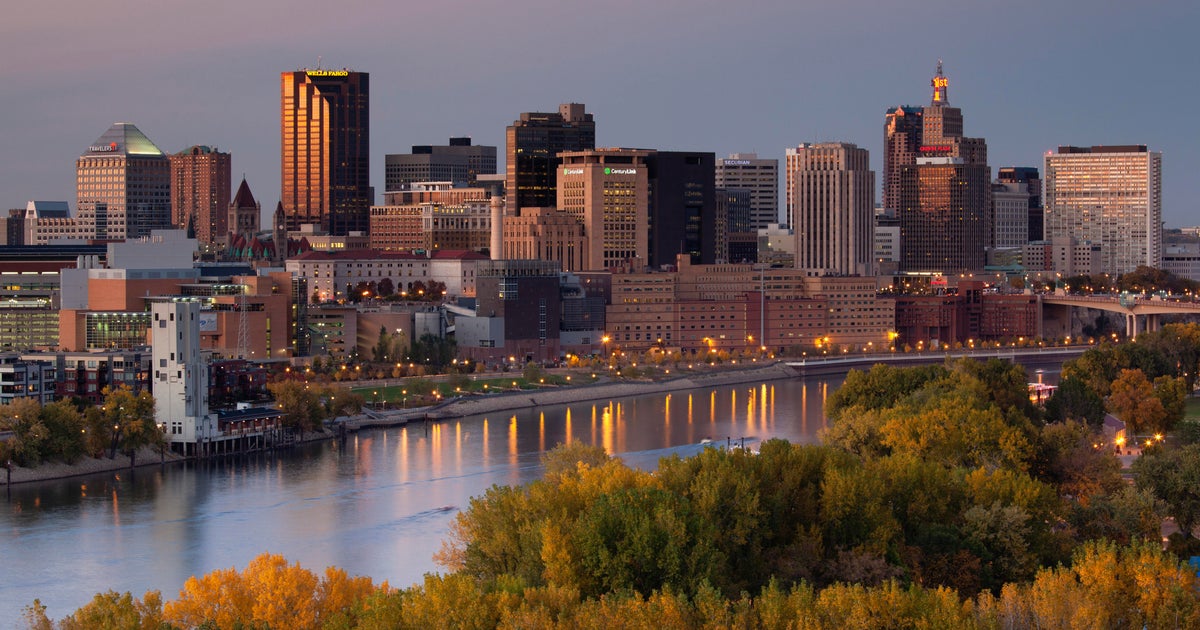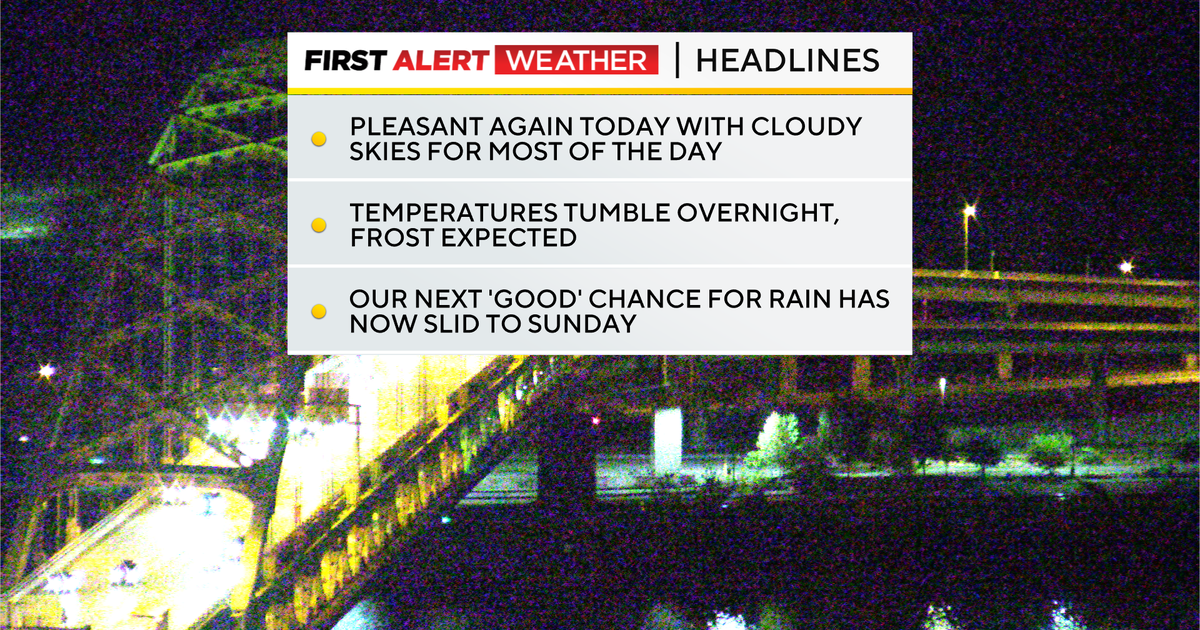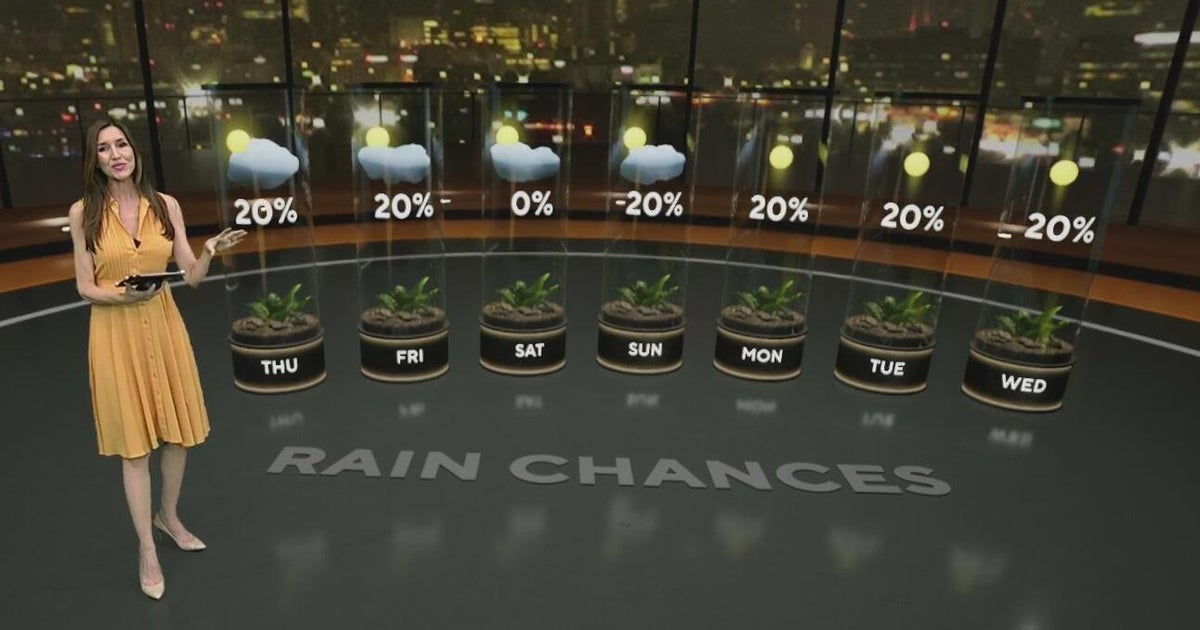When will the heat wave end? Maps show forecast across the U.S.
A brutal heat wave across the eastern United States trapped millions of people in sweltering air this week with record-high temperatures. A cold front brought cooler weather to the Northeast on Wednesday night, but temperatures remain well above average on Thursday in the Southeast. The front is also bringing rain and a risk of severe storms.
Temperatures soared to 10-20 degrees above average on Wednesday, CBS News meteorologist Nikki Nolan said, with some areas seeing heat index ("feels like") readings around 110 degrees Fahrenheit.
On Tuesday, at least 50 heat records were matched or broken, and 21 places hit triple-digit temperatures, The Associated Press reported. In Philadelphia, the temperature hit 100 degrees on Tuesday for the first time since July 18, 2012. New York City's Central Park had a heat index of 100 degrees in the early afternoon, according to the National Weather Service. Boston hit 102 degrees, the hottest June day in the city since 1872, the NWS said. Baltimore also hit 100 degrees, as did Fryeburg, Maine, The AP reported.
This marks one of the most expansive heat alert events ever, with major population centers from the Midwest to the Northeast under days of serious heat strain.
Some areas of the Midwest and Southeast remained under heat alerts Thursday.
Here's what to know about the heat wave and how to stay safe.
Heat wave forecast maps
"Summer has taken its time arriving in the Northeast, but it's coming in HOT," the National Weather Service wrote in a social media post last week, warning of triple-digit heat index readings "with oppressive humidity." The heat index is what the actual temperature feels like when it's combined with relative humidity.
Meteorologists say it's due to a heat dome — an area of high pressure in the upper atmosphere that traps heat and humidity — sitting over a large portion of the country. When a heat dome becomes stationary, the air within it can become extremely hot and stagnant, leading to dangerously high temperatures and poor air quality.
The first few heat waves of the season are particularly dangerous because the human body has yet to adjust to the seasonably warmer temperatures, experts say.
These maps show daily forecast highs across the country and their departures from average temperatures for Thursday and Friday.
Rain and severe storms in the forecast
Along with cooler temperatures, there is rain — and the chance of severe storms — in the forecast for the Midwest, Eastern Seaboard and Southeast.
How long will the heat wave last?
The heat shifted into the Midwest and Ohio Valley and then arrived in the Northeast and mid-Atlantic on Sunday. Highs in the 90s continued through Wednesday, and the heat was expected to break on Thursday.
Boston's forecast high for Friday is 34 degrees lower than what it hit on Tuesday.
"It's going to feel like a different season," meteorologist Bob Oravec of the Weather Prediction Center said Wednesday.
After one or two days, slightly hotter-than-normal temperatures are forecast, but not anywhere near the highs from earlier this week, Oravec said.
What constitutes a heat wave?
A heat wave is a period of unusually hot weather that lasts more than two days, according to the National Weather Service. It often, but not always, covers a wide area and can expose a large number of people to hazardous heat, which can be extremely dangerous for vulnerable people, including children and the elderly.
Warmer overnight low temperatures can make a heat wave especially dangerous, since they mean the body doesn't get as much of a chance to cool down.
"Your body needs a reprieve," Ashley Ward, director of the Heat Policy Innovation Hub at Duke University, told The Associated Press. "You don't get that overnight, we start the next day at a deficit."
When overnight temperatures stay above about 75 degrees, she said, "You start to see some pretty extraordinary outcomes with respect to heat illness and heat stroke, and even mortality."
Climate change is making extreme temperatures and heat waves more frequent and longer-lasting, with the number of days above 95 degrees expected to increase across the U.S.
How to stay safe during a heat wave
Heat is the leading cause of weather-related deaths, and heat-related illnesses increase significantly during extreme heat and high humidity events.
The simplest way to way to avoid heat-related illnesses is to stay out of the sun and avoid extended time outdoors in extreme temperatures, experts say.
If strenuous outdoor activities are unavoidable, you should dress for the heat and wear lightweight, loose-fitting and light-colored clothing, the National Weather Service recommended. You should also stay hydrated by drinking plenty of water, even if you're not thirsty.
It's also important to be aware of any symptoms of overheating, which include muscle cramps, unusually heavy sweating, shortness of breath, dizziness, headaches, weakness or nausea, according to the Centers for Disease Control and Prevention. If you experience these symptoms, one major sign to seek care is if the symptoms don't improve after getting into a cooler environment or hydrating, experts say.
